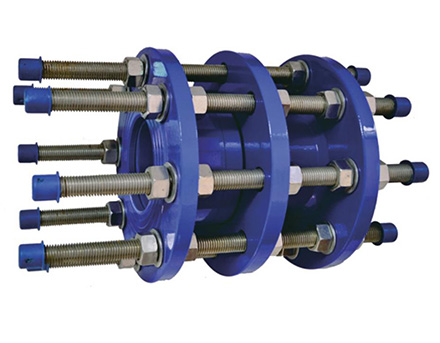Dec . 02, 2024 06:50 Back to list
Standard Wire and Cable Solutions for Diverse Electrical Applications
Understanding Standard Wire and Cable Specifications and Applications
In the realm of electrical engineering and construction, wire and cable are fundamental components that facilitate the transmission of electrical energy and signals. The classification of wire and cable often hinges on standardized specifications, which ensure compatibility, safety, and efficiency in various applications. This article explores the significance of standard wire and cable, along with their types, characteristics, and applications.
What Are Standard Wires and Cables?
Wires are typically single strands or conductors that allow the flow of electricity, while cables consist of multiple wires grouped together, often with insulating materials, to provide more robust and versatile power or signal transmission. Standard wires and cables adhere to specific guidelines defined by organizations such as the American National Standards Institute (ANSI), the Institute of Electrical and Electronics Engineers (IEEE), and the Underwriters Laboratories (UL). These standards dictate various aspects, including conductor material, insulation type, voltage rating, and temperature rating.
Types of Standard Wires and Cables
1. Copper and Aluminum Wires Copper has been the traditional choice for electrical wiring due to its excellent conductivity and flexibility. However, aluminum is becoming more popular for certain applications due to its lightweight nature and cost-effectiveness.
2. Twisted Pair Cables Commonly used in telecommunications and networking, twisted pair cables consist of pairs of wires twisted together to reduce electromagnetic interference. They are classified into shielded (STP) and unshielded (UTP) varieties.
3. Coaxial Cables Widely used for cable television and internet connections, coaxial cables feature a central conductor, insulating layer, and outer conductive shield, which work together to transmit high-frequency signals while minimizing interference.
4. Fiber Optic Cables These cables use light to transmit data over long distances at incredible speeds. Fiber optic cables are immune to electromagnetic interference, making them essential for high-speed internet and telecommunications.
5. Power Cables Designed to carry high voltage electrical power, power cables are often shielded/protected and are made for specific applications such as underground or overhead power distribution.
Key Specifications
When choosing standard wire and cable, several specifications must be considered
standard wire and cable

- Conductor Size Measured in American Wire Gauge (AWG), the size affects the current-carrying capacity of the wire. Thicker wires can handle more current but are less flexible.
- Voltage Rating Each wire type is rated for the maximum voltage it can safely carry
. Exceeding this rating can lead to overheating and potential failure.- Temperature Rating Wires and cables have temperature ratings that indicate the maximum operating temperature. This is crucial in preventing degradation of insulation and maintaining performance.
- Insulation Type The insulation around wires and cables serves to protect them from environmental elements and electrical interference. Standard insulation materials include PVC, XLPE, and rubber, each suited for specific conditions.
Applications of Standard Wires and Cables
The applications for standard wires and cables are vast and varied.
- Residential Wiring Standard wires are used in homes for lighting, power outlets, and appliance connections, ensuring safety and efficiency.
- Industrial Applications In industrial settings, heavy-duty power cables are used to supply energy to machinery and equipment, while data cables ensure effective communication between devices.
- Telecommunications Twisted pair and fiber optic cables are fundamental in the telecommunications industry, providing the backbone for internet and phone services.
- Transportation Standard wires and cables are critical in automobiles, trains, and airplanes, where they manage power distribution and communication systems.
Conclusion
Choosing the right standard wire and cable is essential for ensuring the safety, reliability, and efficiency of electrical systems. By adhering to established specifications, manufacturers and engineers can provide high-quality products that meet the demands of various applications. As technology advances, the need for innovative wire and cable solutions continues to grow, solidifying their role as indispensable elements in our increasingly electrified world.
Share
-
Y Strainers: Protecting Your Pipes with PrecisionNewsAug.27,2025
-
Wafer Type Butterfly Valves: Reliable Flow Control SolutionsNewsAug.27,2025
-
Wafer Type Butterfly Valves: Essential Components for Efficient Flow ControlNewsAug.27,2025
-
Reliable Flow Control with High-Quality Check ValvesNewsAug.27,2025
-
Reliable Flow Control with Gate ValvesNewsAug.27,2025
-
Innovative Check Valves for Reliable Flow ControlNewsAug.27,2025


